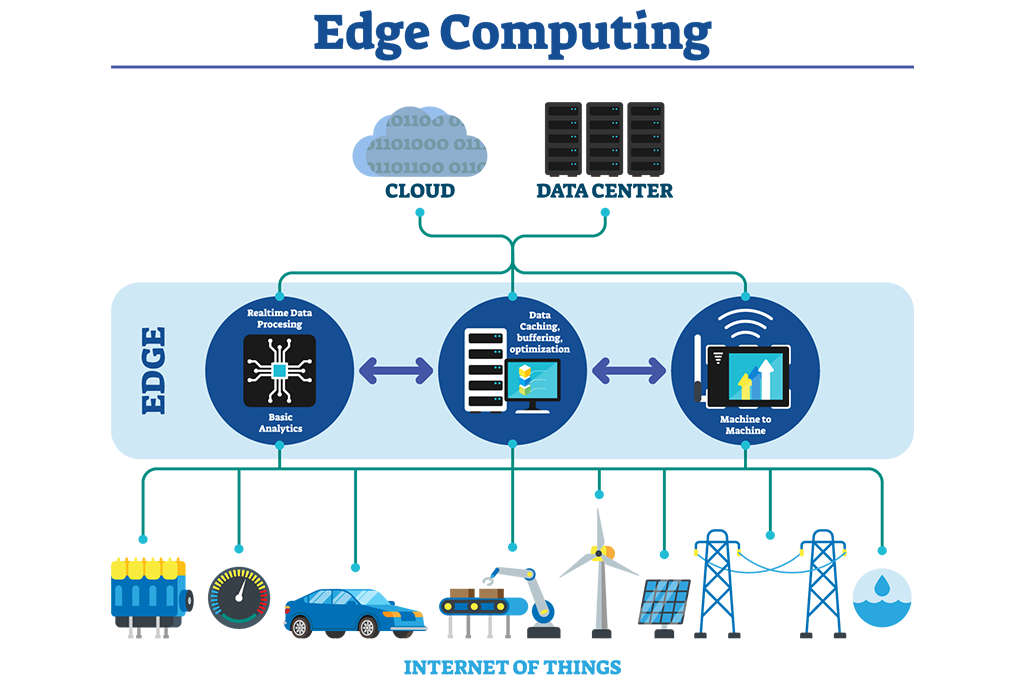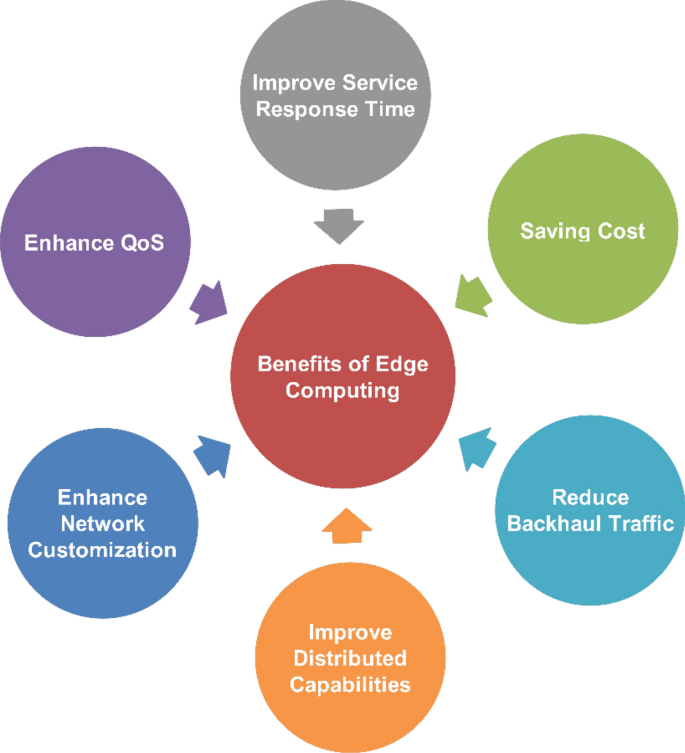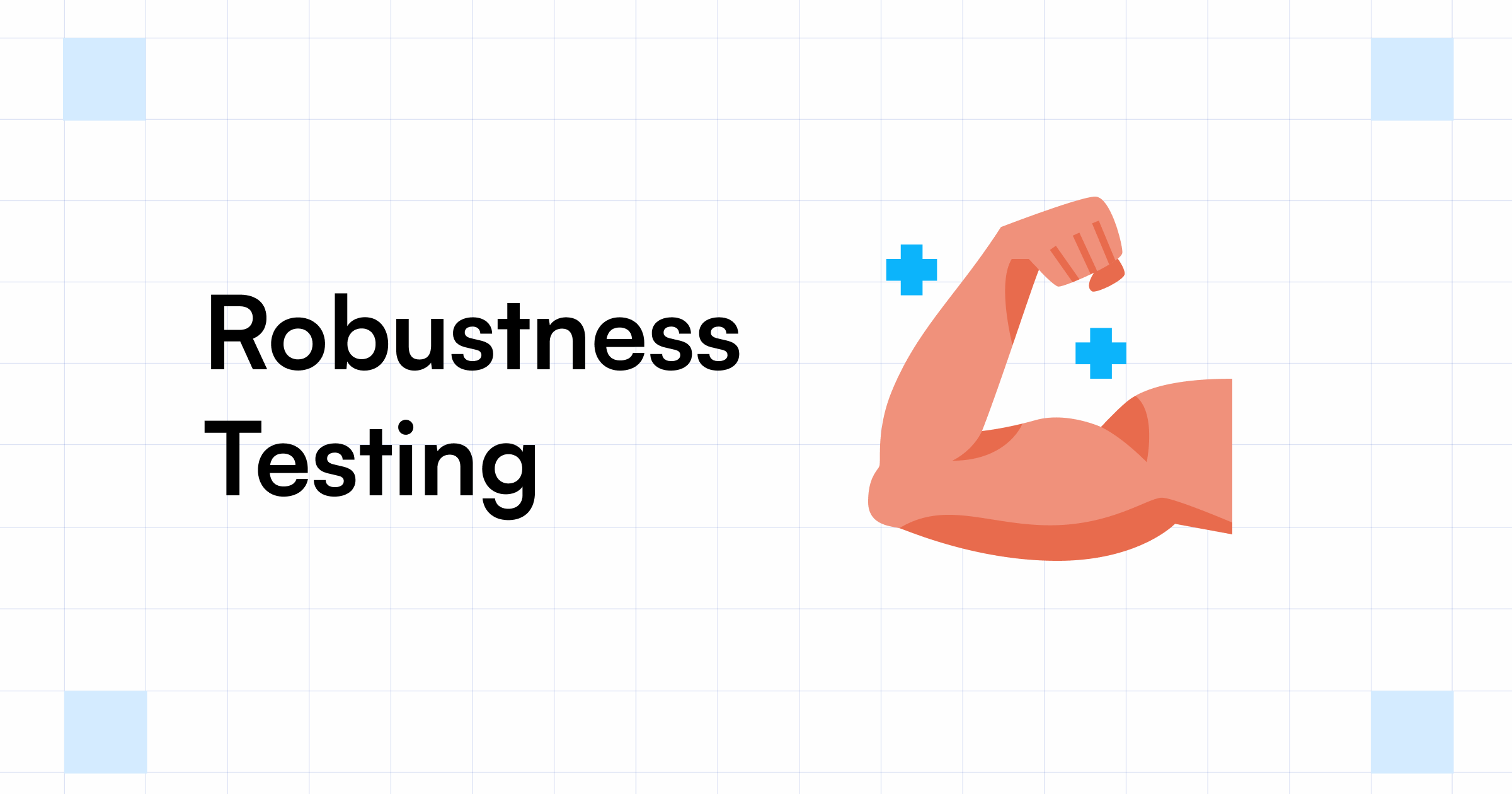Imagine the internet is like a huge library where we store and get information. But sometimes, when lots of people try to get info at the same time, it gets really busy, like when everyone wants the same book at once.
Now, imagine if instead of going to the big library, you could have a mini library right in your classroom with some of the most popular books. That’s a bit like what Edge Computing is! It’s like having smaller, closer-to-you “libraries” for information instead of relying on one big far-away place.
So, when lots of people are trying to do things online really quickly (like playing games or using apps), Edge Computing helps by putting important information closer to them. This makes things faster because the info doesn’t have to travel from far away. It’s helpful for things that need to happen really quickly, like self-driving cars or making sure a video call doesn’t lag.
In this series of articles, we’ll explore more about how this works, why it’s important, and examples of how it’s used in the real world.
Understanding Edge Computing
Imagine you’re playing a game online, and every time you need some information, like how many points you scored, you have to ask someone far away for it. That’s a bit like how regular cloud computing works.
But now, think of a situation where you have a little helper right next to you who already knows everything about the game and your score. That’s what Edge Computing does! Instead of asking far-off places for information, it puts a smart helper closer to where you are. This helper can quickly give you the details you need without having to go far away, making things faster and more efficient.
So, Edge Computing is like having a clever friend right beside you who knows everything you need for your game or any other online stuff you’re doing.

Core Principles of Edge Computing:
Imagine you’re playing a game online and every time you need some game info, you have to send a message really far away to get it. That takes time!
But now, imagine if your game had a super smart helper right next to you. This helper knows a lot about the game and can give you the info you need quickly without sending messages far away. That’s what Edge Computing does! It’s like having this super smart helper close by.
Here’s why it’s cool:
- Speedy Answers: It makes things faster because you get the info you need quickly. No waiting for messages to travel far away.
- Saving Important Stuff: It’s like having the helper filter out only the important stuff and send that far away, so you don’t waste sending lots of unnecessary messages.
- Quick Decision-Making: Edge Computing helps in situations where you need to make quick decisions, like in games or in things that need to happen really fast.
- Works Anywhere: Even if you’re somewhere without the internet, the helper can still help you. It’s like having a smart friend who knows a lot even if you’re in a place with no connection.

Benefits:
Imagine you have a superpower that helps you do things better, faster, and safer, especially when you’re playing games or doing important stuff online. That’s what Edge Computing does for computers!
Here’s how it helps:
- Gets Things Done Quicker: Instead of sending loads of information far away, Edge Computing makes it faster by only sending the most important bits. It’s like using a shortcut so you don’t have to wait a long time.
- Helps Make Quick Choices: It’s great for situations where you need to decide really fast, like in smart cars or hospitals. This helps keep people safe, things running smoothly, and everyone happy.
- Keeps Secrets Safe: Edge Computing keeps secret stuff closer to where it’s made, so it’s harder for bad guys to try and take it. This is super important, especially for things like your medical info or bank details.
- Works Even Without Internet: Sometimes, the internet doesn’t work well, but with Edge Computing, things can keep going smoothly, like when you’re in a place where the internet is spotty or doesn’t work at all.
- Saves Money and Helps as Things Grow: It’s like using just the right amount of power needed. This helps save money and makes sure everything keeps working well even when lots of people are using it. It’s a bit like having more helpers when things get busy!

Real-life use cases
Edge Computing is like a superhero that solves lots of real-life problems in different places:
- Smart Cities: Imagine a city that’s super smart and can make traffic better and keep everyone safe. Edge Computing helps by using smart devices to make quick decisions about traffic lights, cameras, and other things in the city to keep everything running smoothly.
- Factories and Machines: In big factories, Edge Computing is like having a super brain that checks if machines are working well. It can figure out if something might break and helps make sure everything runs perfectly.
- Cars: Think of cars that can think for themselves! With Edge Computing, cars can quickly see what’s around them, like spotting things on the road, and make fast decisions to keep everyone safe.
- Stores: Imagine going to a store where the things you like magically show up! Edge Computing helps stores suggest things you might want to buy based on what you like, making your shopping experience awesome.
- Hospitals: In hospitals, Edge Computing is like having a super doctor who can check on patients even from far away. It helps doctors know quickly if something’s wrong and helps them take care of people better.
So, Edge Computing helps make lots of things better and faster in our cities, factories, cars, stores, and even in hospitals!
Conclusion
Edge Computing is like a big change in how computers work. Instead of doing all the thinking far away, they now do it closer to us. This helps companies use information quickly and do cool things like making stuff work better, deciding smarter, and making the things we do online even more awesome!
You can visit our site TechMe Today to get more tips. We hope this tips are helpful.




